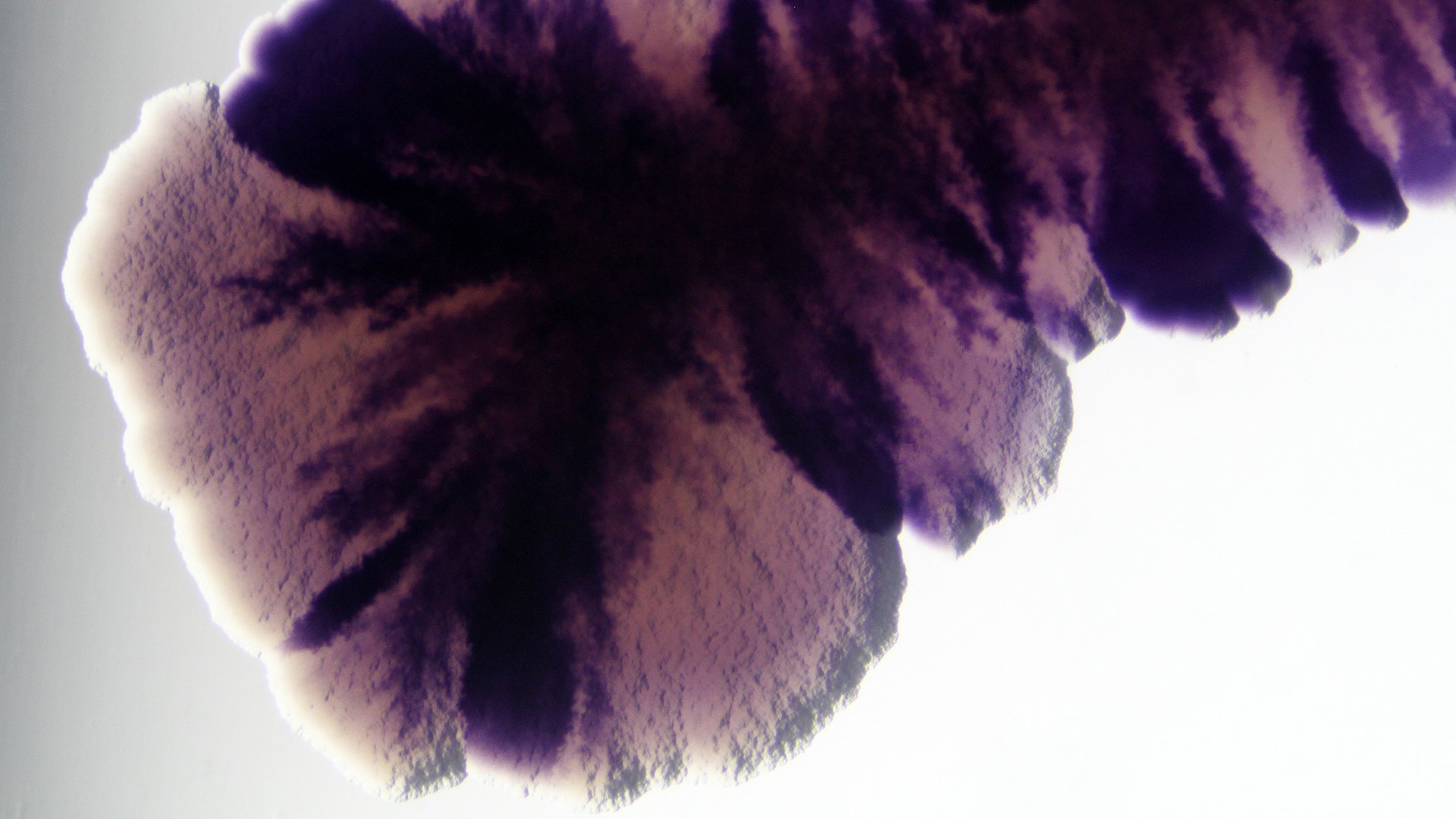Around 13,000 species of bacteria have been catalogued to date, but it is estimated that tens of millions of different species live on Earth. The vast majority of bacteria, in other words, are unknown to science. In order to gain a better picture of the particular species found at the bottom of the Guaymas Basin in the Gulf of California, researchers from the University of Texas organised an expedition. The Basin’s floor has extremely thick layers of sediment, in which the researchers hoped to find a host of bacteria. By comparing the microbes’ DNA, they were able to get an idea of the total range of species living on the seabed.
What they discovered was an enormously complex ecosystem. The ocean floor in this area was found to contain hundreds of different species, 500 of which had never been seen before. Some of them actually represented entirely new families. Even in the most inhospitable areas of the seabed, a tremendously diverse population of bacteria and archaea was revealed.
Microbiologists are extremely eager to catalogue the unknown species. On one hand, this will provide specific insight into natural processes, while on the other, these unknown species also have myriad potential applications. Many of the newly discovered microbes, for instance, feed on hydrocarbons such as methane and butane. These gases naturally erupt from the floor of the Guaymas Basin.
Because both methane and butane are greenhouse gases, this discovery is extremely significant. In the future, we might be able to apply this characteristic of microbes at a major scale in order to filter greenhouse gases from the atmosphere. This could help us combat the effects of climate change. In efforts to identify this and other applications, scientists are constantly in search of new microbes with interesting qualities.
Source: Nature

